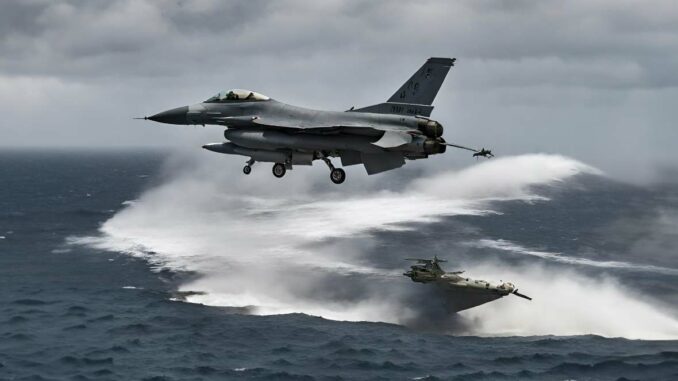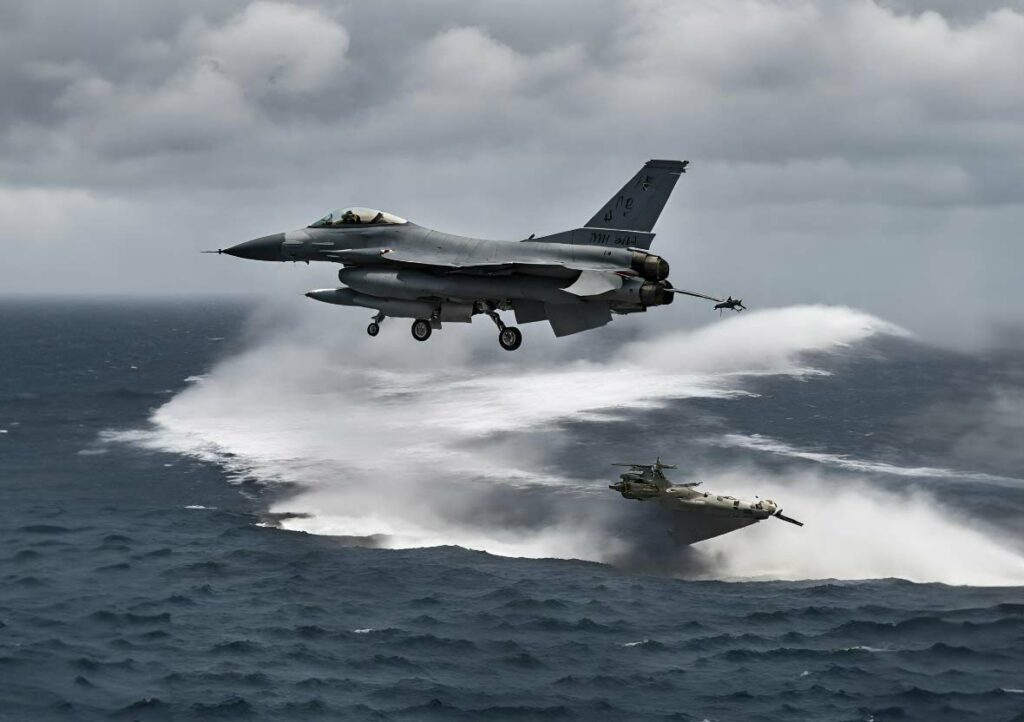
The US Air Force is strengthening its capabilities to counter China’s expanding navy, in the face of a challenge described as “formidable” due to China’s air defense systems. This situation reflects the growing complexity of modern military operations and the strategic importance of maritime supremacy in the Pacific.
The evolution of the Chinese navy: a challenge for the US Air Force
The significant increase in the size and capabilities of the Chinese navy represents a major strategic shift. China now has the largest navy in the world, and has deployed its ships in more complex operations across the Pacific. The large-scale military exercise around Taiwan in August 2022 demonstrated the increased strength and reach of the Chinese navy, underlining the importance of the US Air Force developing effective strategies to counter this threat.
The problem of Chinese air defenses
U.S. forces face a “daunting” problem due to China’s sophisticated air defenses. China has developed a dense and integrated air defense system, notably on its warships, making strikes against maritime targets extremely difficult. China’s Type 052D class destroyers and Type 055 class cruisers, equipped with surface-to-air missile systems, pose a serious threat to US Air Force operations in the region.

The revival of the US Air Force maritime strike mission
Faced with this threat, the US Air Force is renewing its focus on the maritime strike mission, a skill developed since the 1920s. Recent exercises, such as Green Flag-West and Red Flag, demonstrate a refocusing on the ability to neutralize enemy vessels. Integration with naval forces and the use of new weapons and targeting systems indicate an adaptation to the challenges posed by the Chinese navy.
Technological and operational challenges
The US Air Force’s response to the challenges posed by the Chinese navy is not just a question of firepower. It also involves meeting technological and operational challenges, such as developing more dispersed air bases, investing in more efficient tanker aircraft, and using drones for operations ahead of manned aircraft. Coordination between different forces – air, sea, submarine and space – is essential for success in this complex environment.
Strategic consequences and future implications
This escalating confrontation between the US Air Force and the Chinese Navy has far-reaching strategic implications. It underlines the importance of maritime supremacy in the Pacific, and the need for the US to maintain a technological and operational edge. How the US Air Force adapts and integrates its capabilities with other branches of the armed forces will determine the balance of power in the region.
The rise of the Chinese navy and its advanced air defenses represent a significant challenge for the US Air Force, requiring adaptation both technologically and operationally. Recent exercises and weapons developments show an increasing focus on maritime strike capabilities. This dynamic underlines the constant evolution of military strategies and the crucial importance of controlling the seas, particularly in a region as strategic as the Pacific. The ability of the United States to respond effectively to this challenge will largely define the geopolitical and military landscape of the future.
War Wings Daily is an independant magazine.